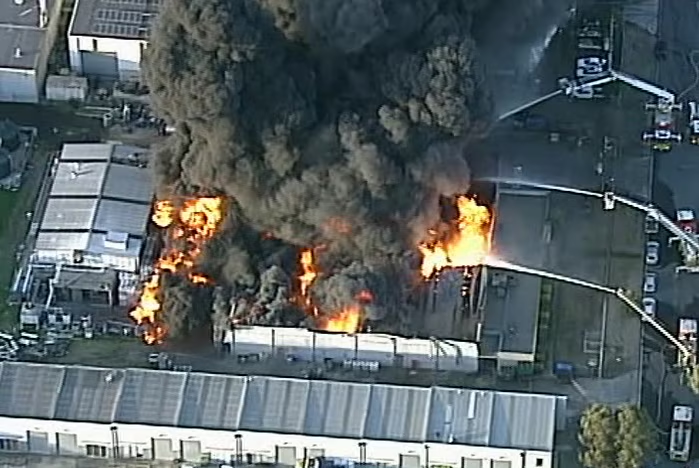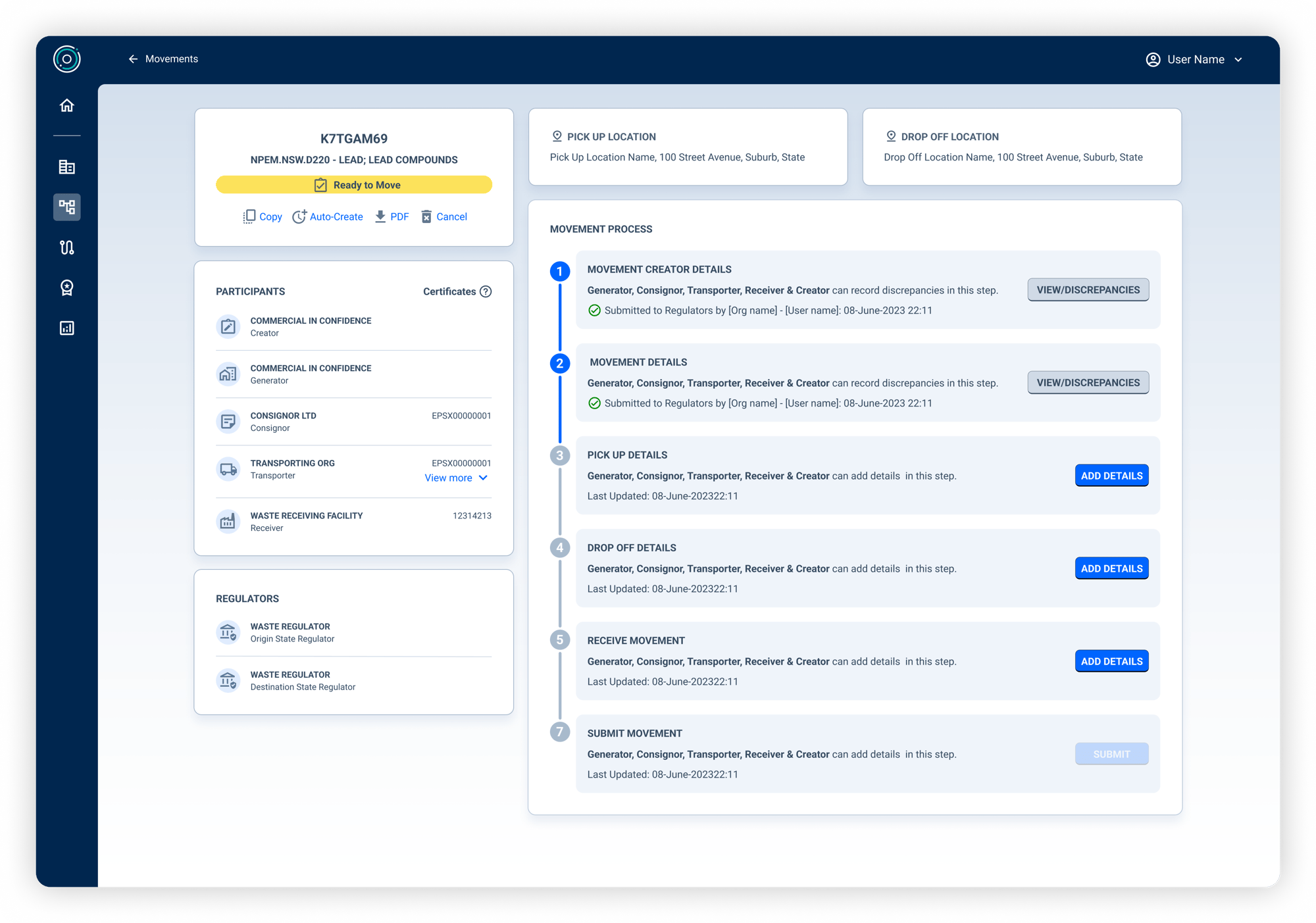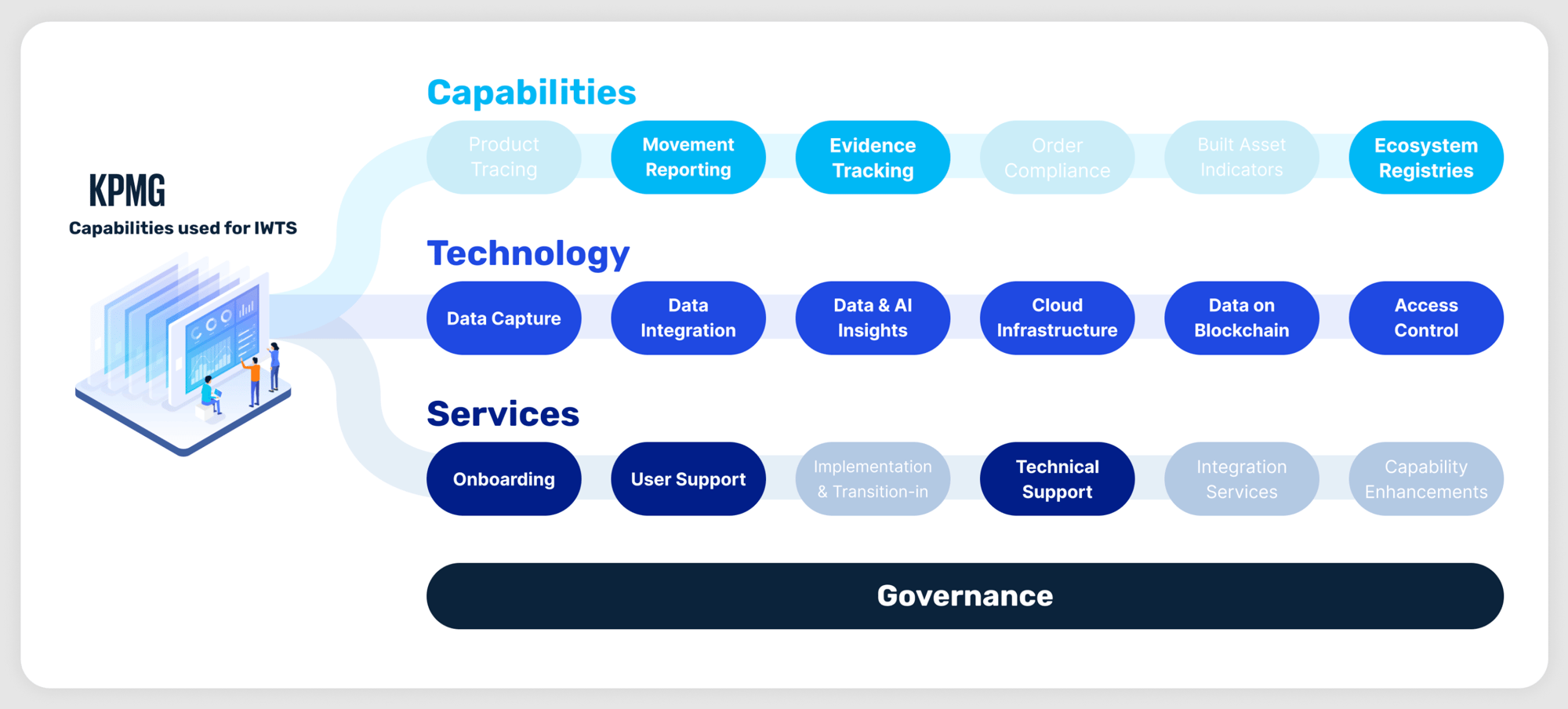The NSW Environmental Protection Authority (EPA) tracks all hazardous waste in NSW with IWTS movement reporting capability.
Efficiently managing hazardous waste across Australian jurisdictions has been a challenge due to disparate regulatory frameworks and disconnected systems. IWTS, developed in collaboration with the NSW Environment Protection Authority (NSW EPA) and the Queensland Department of Environment and Science (QLD DES), marks a crucial advancement. This digital solution supports the National Waste Policy Action Plan and NSW Waste and Sustainable Materials Strategy 2041 by establishing a nationally consistent hazardous waste data tracking system. IWTS introduces a new era of streamlined regulatory waste tracking and compliance reporting, aiming for superior environmental outcomes.

The problem & opportunity
NSW EPA REQUIRED A STATEWIDE HAZARDOUS WASTE TRACKING SOLUTION
The movement of hazardous wastes (controlled wastes) within and between Australian jurisdictions is managed through regulations and guidelines. Although mandatory, the approaches in jurisdictions vary in categorisation, definitions, codes, coverage and the tracking systems used (across a range of paper based and electronic systems). Intrastate movements account for 98% of transported hazardous waste – and this lack of alignment undermines Australia’s ability to meet international reporting requirements, as well as the ability of government policy and decision makers to target their interventions, and hampers operating efficiency of the waste industry.
The 2019 chemical fire at Bradbury Industrial Services in Victoria, which burned for four days, dramatically showcased the environmental and safety hazards due to inadequate hazardous waste management. This incident, emphasising the dangers of illegal chemical storage and improper transportation, reignited the call for improved national waste tracking systems.

In Australia, disparate regulations and systems for hazardous waste management have led to inefficiencies and compliance difficulties. Differences in definitions, classifications, and tracking methods across states complicate efforts, affecting interstate waste transport and limiting effective regulatory interventions. The 2019 fire underscored the need for a unified tracking system.
To address these challenges, the NSW Environment Protection Authority (NSW EPA), with Queensland's Department of Environment and Science (DES), commissioned KPMG to create a consistent, electronic solution for monitoring hazardous waste nationwide.
Solutions Developed
The IWTS platform was used to establish a nationally consistent solution which can be used to meet any state and territories legislative requirements and user groups.

The solution was designed to easily integrate with existing business systems, such as licence databases and billing, and to make it easier for industry to meet their regulatory requirements for tracking waste.
Using the latest analytics function, the revised solution can easily provide real-time insights to meet disclosure requirements and for market intelligence purposes.
The solution was designed to be highly configurable so that any other state or territory could readily implement the solution based on their regulations.
The IWTS platform is maintained and operated by KPMG, including the provision of help desk, maintenance services, monitoring and incident management, service level reporting, development of training and education materials and knowledge base.
Capabilities used
KPMG assembled the following capabilities to establish a nationally consistent solution which can be used to meet any state and territories legislative requirements and user groups:

Movement reporting
Report logistics movements of controlled waste between consigners and waste processing facilities, within and between Australian jurisdictions with configurable and prescriptive data capture at each stage. This allows full control and supports pre-authorisation of movements.
Data Integration
The solution was designed to easily integrate with existing business systems, such as licence databases and billing, and to make it easier for industry to meet their regulatory requirements for tracking waste.
Evidence Tracking
Digitise, collate, store, generate and share documentation in a transparent and automated way, providing a rich set of templates that ensure standardisation and consistency across waste operators and regulators. Evidence Tracking enables aggregation and analysis of evidences to ensure alignment with relevant requirements.
Data & AI Insights
Using the latest analytics function, the revised solution can easily provide real time insights to meet disclosure requirements and for market intelligence purposes.
Ecosystem registries
Ecosystem registries are essential to provide visibility and commonality of essential reference data. Registry data can be permissioned based on participants, locations, wastes and users.
User Support
The IWTS platform is maintained and operated by KPMG, including the provision of help desk, maintenance services, monitoring and incident management, service level reporting, development of training and education materials and knowledge base.
Outcomes
The traceability compliance solution, utilising the IWTS platform, offers a comprehensive system for end-to-end hazardous waste movement tracking and is currently live within NSW, with QLD soon to adopt the solution as well. This single ecosystem platform enables operators and industry stakeholders to meet compliance requirements while assisting regulators in minimising their workload and monitoring non-compliant activities.
The solution was designed to be highly configurable so that any other state or territory could readily implement the solution based on their regulations.
